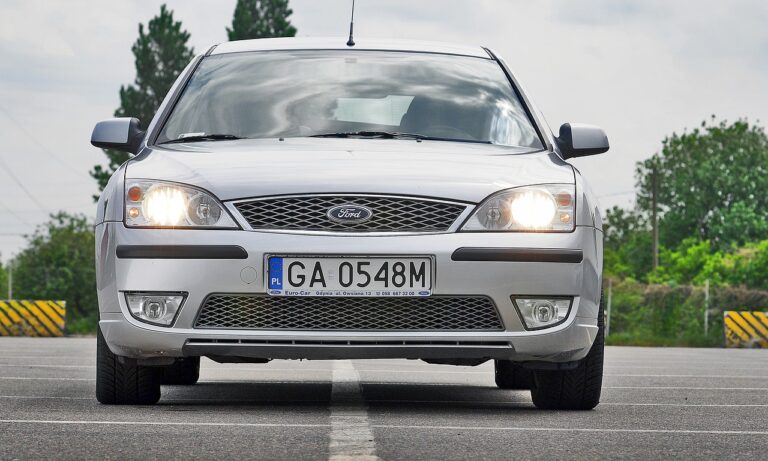The Impact of Autonomous Vehicles on Urban Design
Autonomous vehicles are rapidly changing the way we think about traffic flow in urban areas. With the ability to communicate with each other and adapt to real-time traffic conditions, these self-driving cars have the potential to significantly improve the efficiency of our road networks. By reducing sudden stops, minimizing traffic congestion, and optimizing routes, autonomous vehicles have the capacity to transform the way we move within cities.
One of the key benefits of autonomous vehicles is their potential to increase the overall capacity of our roads. By maintaining consistent speeds and spacing between vehicles, self-driving cars can help to unlock the full potential of our existing infrastructure. This could lead to a smoother flow of traffic, reduced travel times, and ultimately a more sustainable and efficient transport system for urban dwellers.
Challenges for City Planners
City planners face a multitude of obstacles when it comes to accommodating the integration of autonomous vehicles into city infrastructure. One significant challenge is the need to reevaluate current traffic flow patterns and road designs to facilitate the safe and efficient operation of autonomous vehicles. Traditional roads and intersections may need to be adapted to accommodate the unique characteristics and behaviors of self-driving cars, requiring meticulous planning and execution.
Moreover, the implementation of autonomous vehicles raises questions concerning the impact on public transportation systems. City planners must consider how these new modes of transport will interact with existing buses, subways, and light rail systems. Ensuring seamless integration between autonomous vehicles and public transit is essential to promoting a holistic and sustainable approach to urban mobility. Finding the balance between these different modes of transportation poses a complex challenge for city planners looking to optimize efficiency and accessibility for all residents.
How will autonomous vehicles impact traffic flow in cities?
Autonomous vehicles have the potential to improve traffic flow by reducing congestion, minimizing accidents, and optimizing route efficiency. However, challenges such as integrating AVs into existing infrastructure and managing interactions with traditional vehicles need to be addressed by city planners.
What are some of the biggest challenges city planners face in relation to autonomous vehicles?
City planners must navigate various challenges, including designing infrastructure to accommodate AVs, addressing concerns about job displacement in transportation industries, and ensuring equitable access to autonomous technology for all residents.
How can city planners prepare for the introduction of autonomous vehicles?
City planners can prepare for the introduction of AVs by conducting thorough research on potential impacts, collaborating with stakeholders to develop appropriate policies and regulations, and investing in infrastructure upgrades that support the integration of autonomous technology.
What role do city planners play in shaping the future of transportation with autonomous vehicles?
City planners play a crucial role in shaping the future of transportation with autonomous vehicles by creating sustainable and efficient urban environments that prioritize safety, accessibility, and environmental sustainability. Their decisions and policies will influence how AVs are integrated into cities and communities.





